Portrait of the Artist as a Young Man is the first mature work by the painter William Kurelek (1927–1977), created immediately following his sudden departure from the Ontario College of Art (now OCAD University). It marks his decision to pursue his artistic talents professionally and reveals his early identification with Stephen Dedalus, the protagonist in James Joyce’s 1916 novel of the same title.
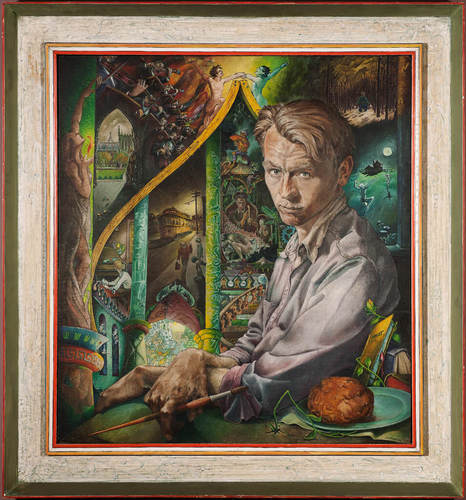
William Kurelek, Portrait of the Artist as a Young Man, 1950
Oil on plywood, 65.5 x 59.6 cm, Loch Gallery, Calgary
Teeming with symbolism and perceptual layers, the self-portrait is a painting within a painting. It shows the artist before an imposing canvas depicting an “imaginary temple” containing murals representing “different incidents in my life” in Stonewall and Winnipeg, Manitoba. It contains fantastical, nightmarish scenes, including a monstrous Samson or Herculean superman wielding a bone and a man emerging from an egg resembling the scene in Geopoliticus Child Watching the Birth of the New Man, 1943, the allegorical painting by Salvador Dalí (1904–1989) about the dawn of the nuclear age. A copy of Shakespeare’s Hamlet leans conspicuously behind a loaf of bread in the right foreground.
Kurelek stated that the painting reflects the influence of painters such as Jean-Baptiste-Siméon Chardin (1699–1779) and Hans Holbein (1497–1543) and the Pre-Raphaelites and Mexican muralists. Curator Mary Jo Hughes has speculated that the self-portrait is compositionally indebted to Picture of Dorian Gray, 1943–1944, by Ivan Albright (1897–1993), which appears in the 1945 Hollywood adaptation of Oscar Wilde’s novel. Although Kurelek never mentions the film, his interest in popular cinema, Victorian literature, and self-portraiture make it difficult to believe he was unaware of it.
This Spotlight is excerpted from William Kurelek: Life & Work by Andrew Kear.
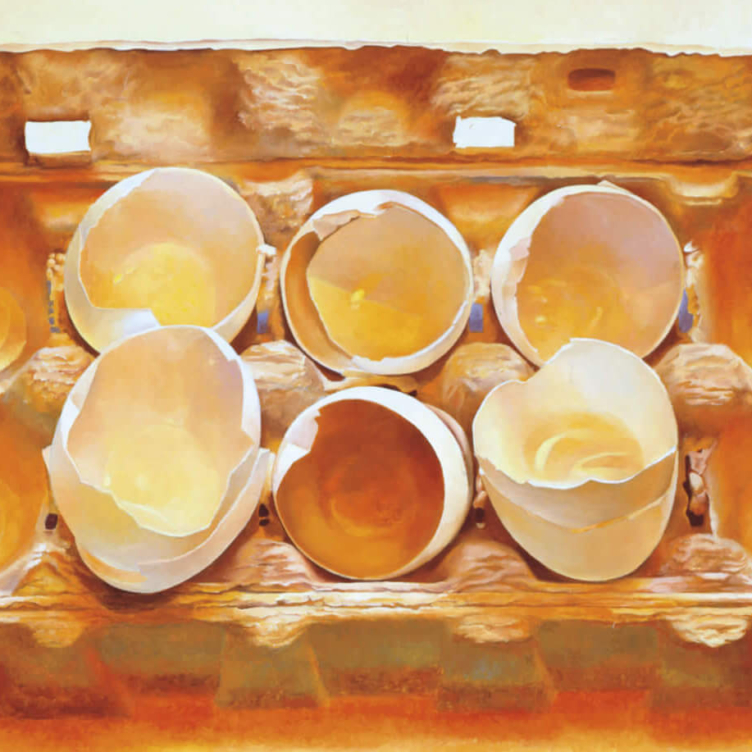 The Weight of Absence
The Weight of Absence
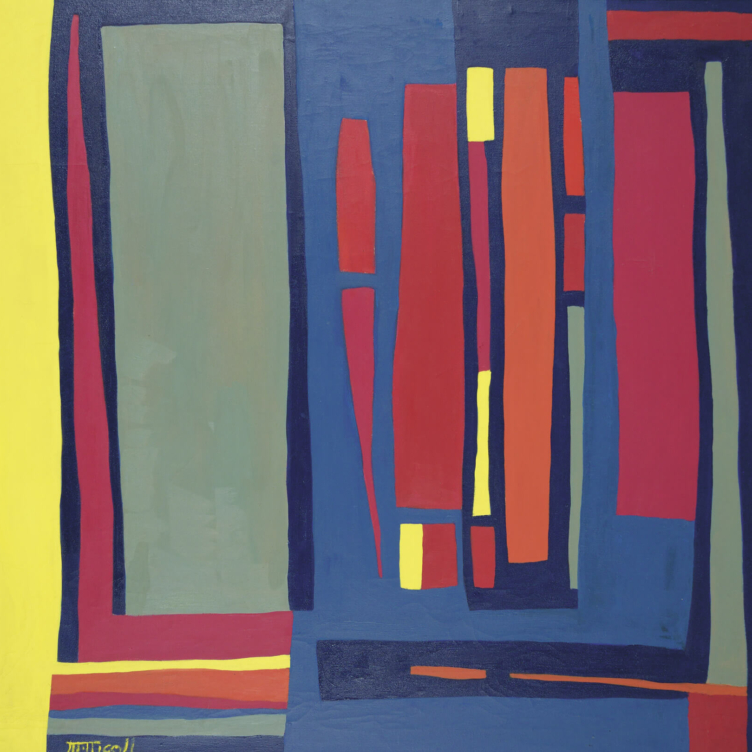 Abstract Alberta
Abstract Alberta
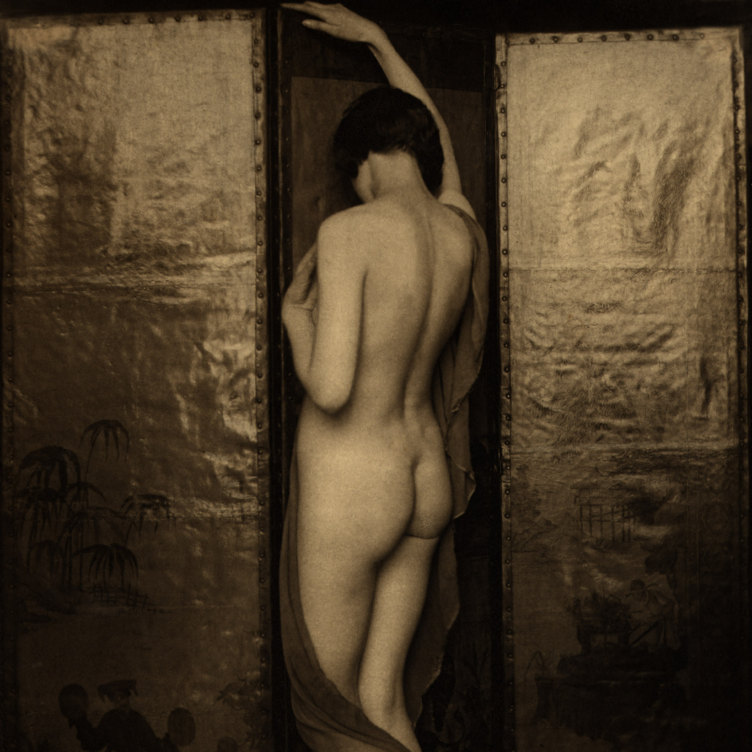 The Art of the Body
The Art of the Body
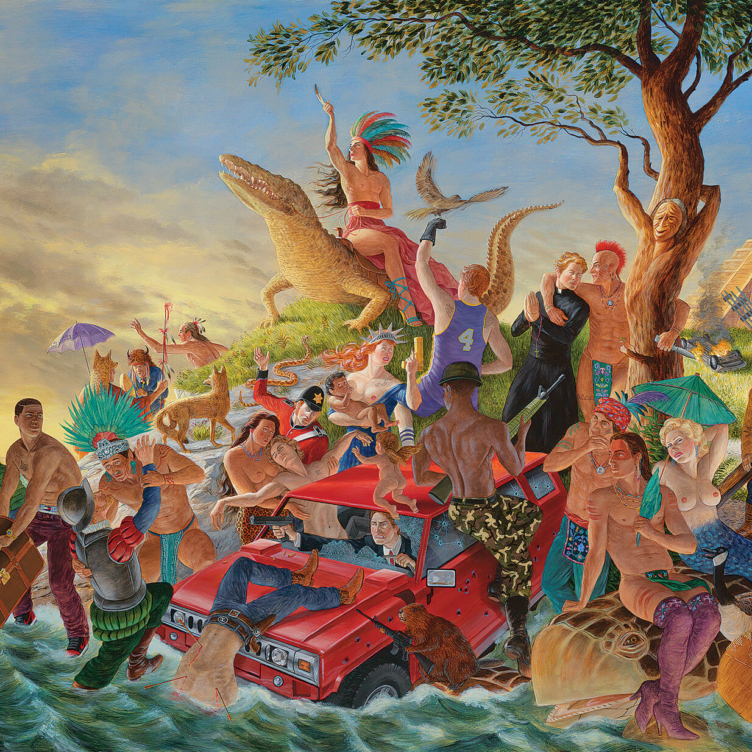 Rococo Riff
Rococo Riff
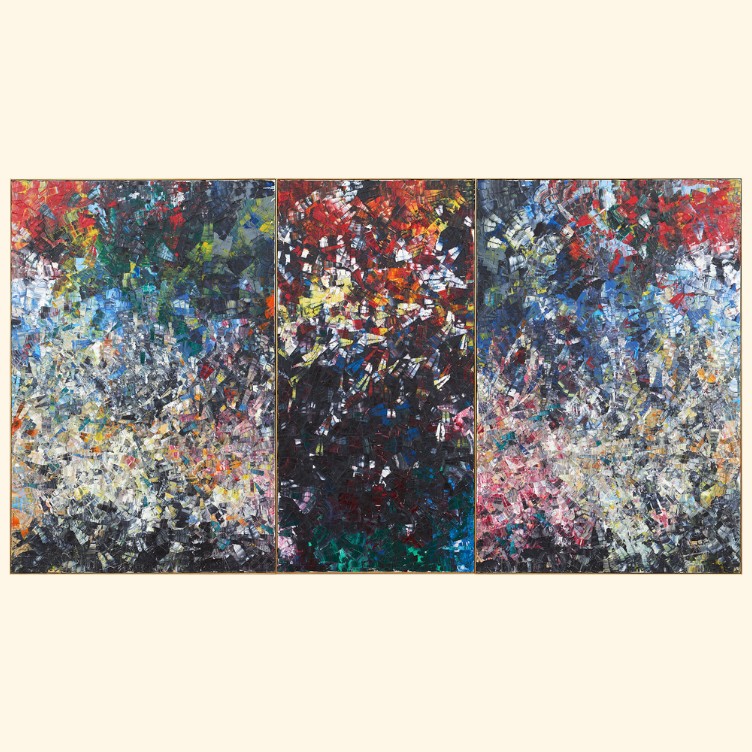 In Memory of Monet
In Memory of Monet
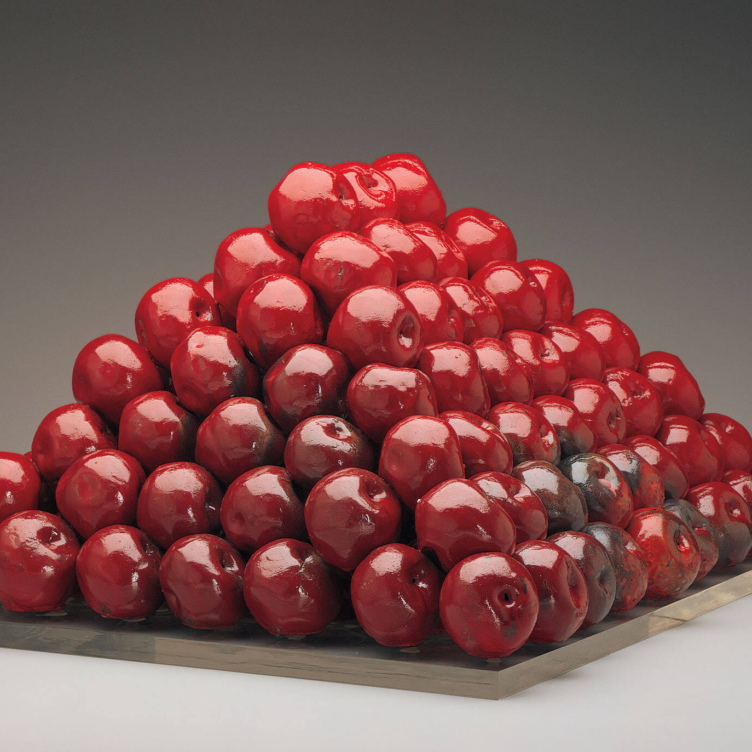 Pyramid Scheme
Pyramid Scheme
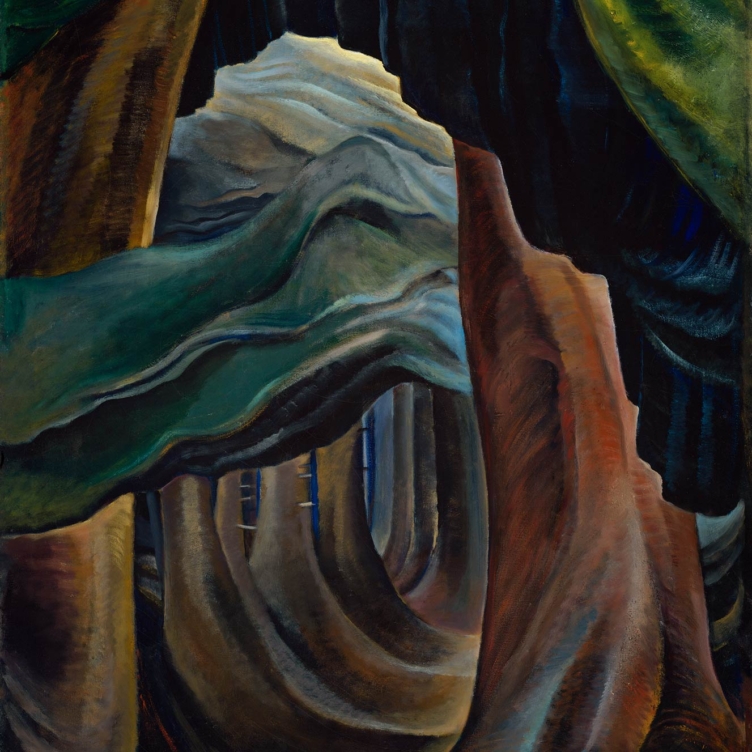 Transportive Trunks
Transportive Trunks
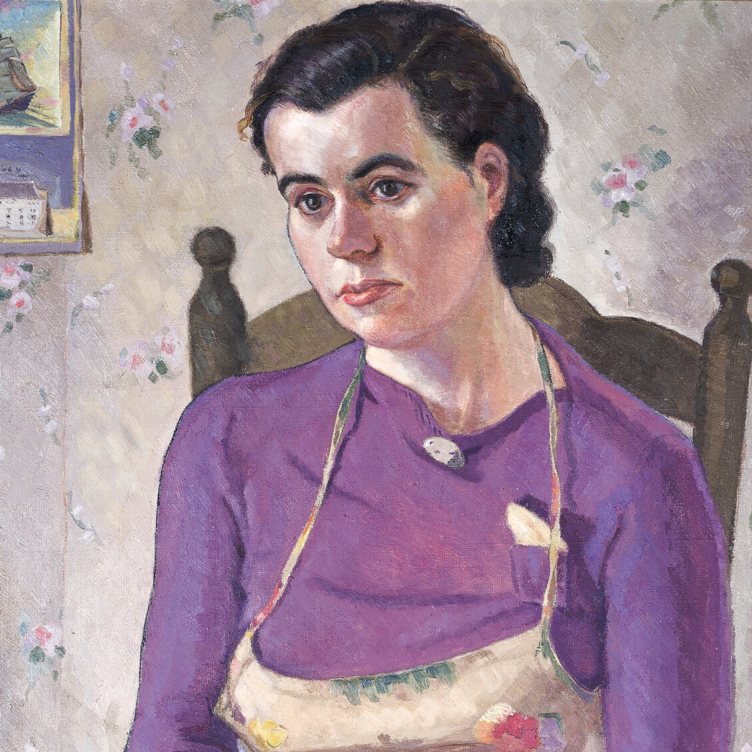 The Military Mate
The Military Mate
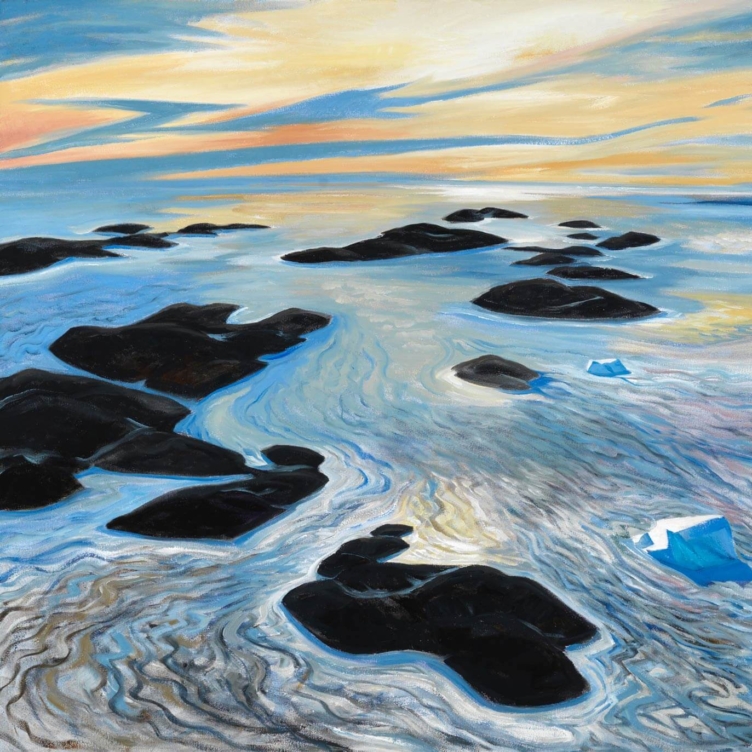 Looking Up on the World
Looking Up on the World
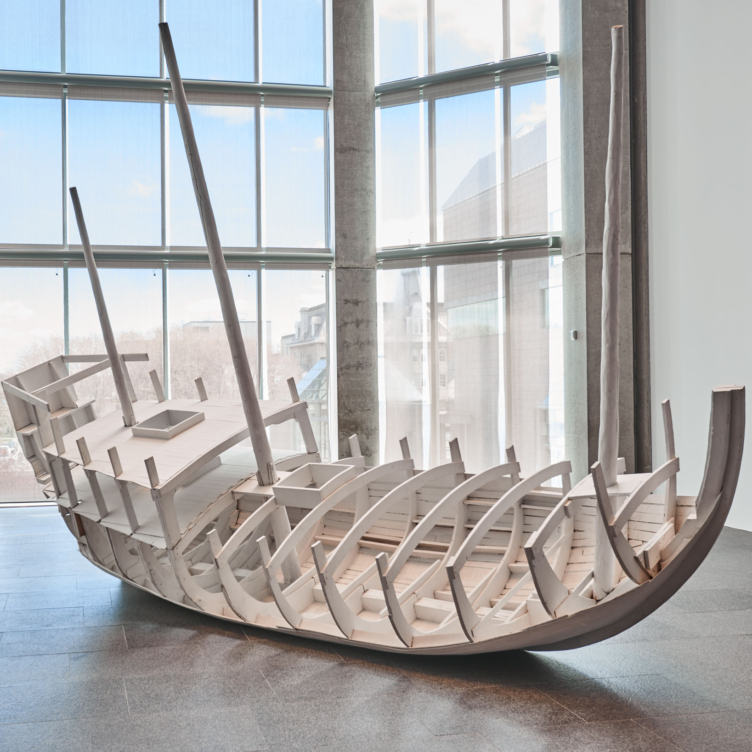 Vessel of Despair
Vessel of Despair
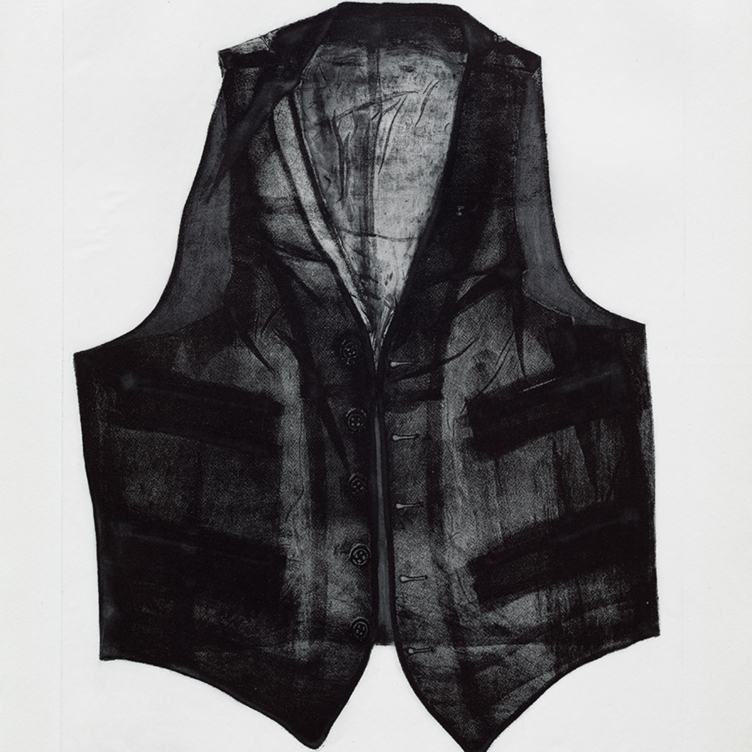 Layers of Meaning
Layers of Meaning
 In Parallel to Nature
In Parallel to Nature
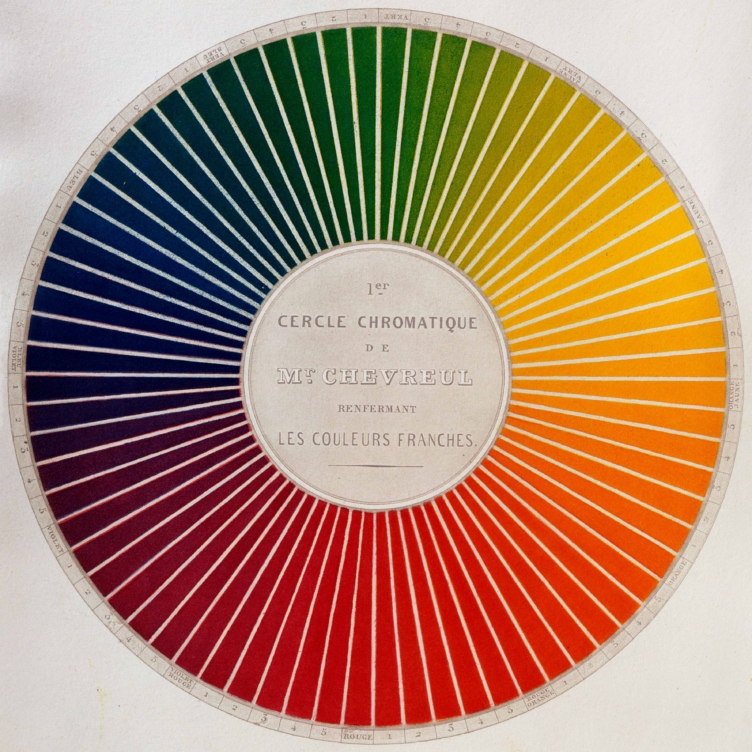 Wheel of Fortune
Wheel of Fortune
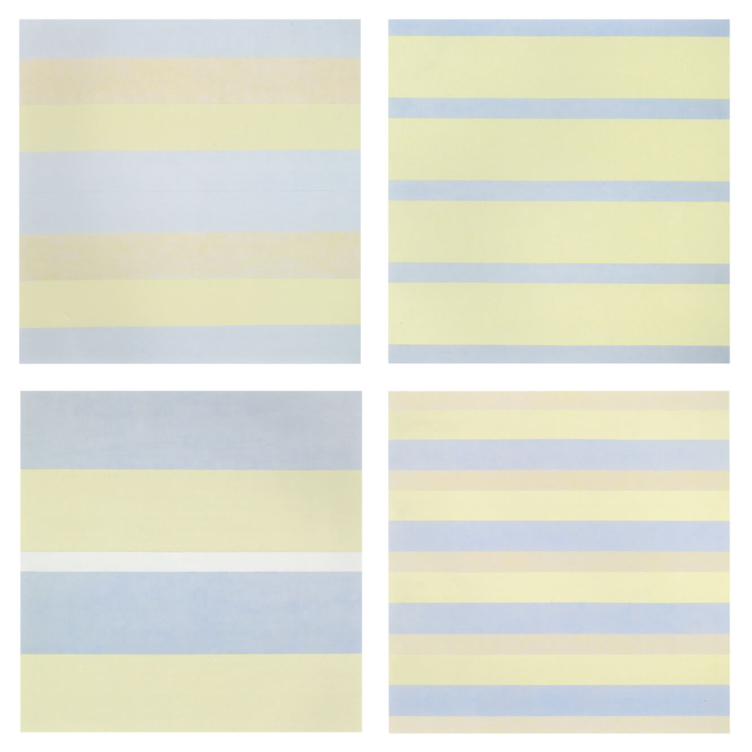 Paintings after emotional states
Paintings after emotional states
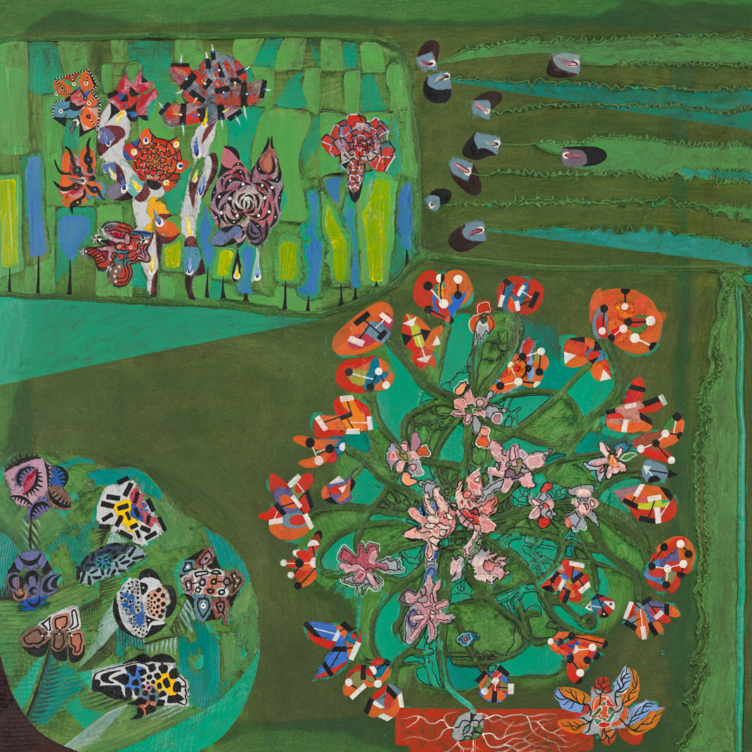 Garden of Delight
Garden of Delight
 Stitching the Archives
Stitching the Archives
 A Working-Class Hero
A Working-Class Hero
 Imagining Entangled Futures
Imagining Entangled Futures
 Bridging Far and Near
Bridging Far and Near
 Soft Power
Soft Power